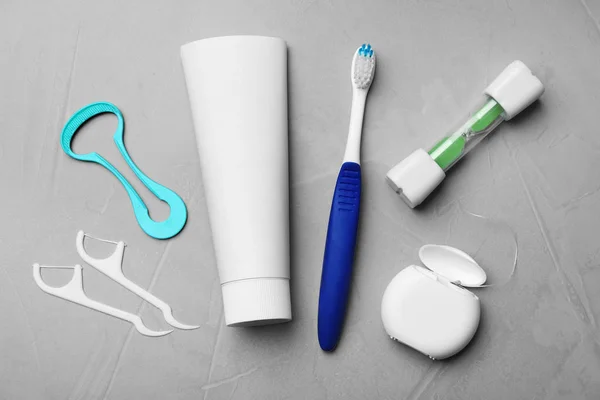A common dental technique, composite resin fillings, can repair chips, holes, and discolorations. A safer alternative to mercury-based amalgam fillings this restorative procedure requires minimal tooth preparation.
This material has the consistency of modeling clay until a dentist shines a bright blue light on it, causing it to set and harden. The composite serves as a type of dental cement to ensure that your dental restoration lasts.
Visit Cosmedent, a top seller of dental products. Click here for quality supplies that meet professional standards.
1. Avoid Biting Into Hard Food
When applied by a dentist with a keen eye for cosmetics, composite resin can look extremely natural and even invisible. Your dentist will first select a resin color that closely matches your tooth shade before applying it to the damaged area. Then they will use a special light to harden the composite and bond it to your tooth surface.
If you tend to chew on hard foods, like ice and popcorn kernels, be aware that the composite resin can wear down and chip over time. To help you avoid this, consider using your back molars when chewing these types of food.
Composite resin is your dentist’s first line of defense against chipped, broken and missing teeth. It’s quick, easy and less expensive than other types of restorations, such as mercury-based amalgam fillings, which are being phased out due to their toxicity to your health. A dentist can often apply this dental bonding technique in just one visit, too.
2. Avoid Smoking
Dental bonding is a form of restorative dentistry that allows dentists to fix various dental issues. This includes filling holes caused by cavities, repairing cracked or chipped teeth, and closing gaps between teeth. It is also used to make composite veneers. Composite resin is used in this treatment because it can be molded and shaped to match the color of existing teeth.
However, it is important to note that bonding resin is not as strong or resistant to stains as natural tooth enamel is. It is therefore important to avoid smoking and consuming staining foods after undergoing this procedure.
In addition, if you suffer from bruxism (teeth grinding), this can damage the bonded resin and cause it to wear down faster than normal. This may require replacing the bonding sooner than you might have expected. To maintain a bright smile after receiving a tooth bonding, you should brush twice daily with a soft toothbrush and floss regularly.
3. Brush Your Teeth Daily
If you have minor dental damage that doesn’t require a full restoration or crown, composite resin is a great option. It’s an affordable cosmetic technique that helps to fill in holes and improve your smile.
The dentist applies the resin as part of a procedure called tooth bonding. They use a shade guide to select the resin material that most closely matches the colour of your natural teeth. Then, they roughen the surface of the tooth and apply a liquid to help it stick. The composite resin is then molded and shaped as necessary. It’s then hardened under a UV light to complete the procedure.
Tooth bonding is not a good choice for major cosmetic issues such as fixing an overbite or underbite, repairing complex cracks and chips in the teeth, or replacing missing or lost teeth. Additionally, the non-porous material used in composite resin doesn’t respond to teeth whitening treatments like your natural tooth enamel would.
4. Visit Your Dentist Regularly
The enamel shield that covers our teeth is the hardest material in our body, but even it has its limits. If your teeth have reached the point of needing repair, whether that be through a composite resin filling, or reshaping it into a veneer, it’s best to do so sooner rather than later.
A dentist will first prepare the tooth by roughening its surface to encourage bonding, and then they’ll apply a liquid to help the resin stick to the enamel. Next, they’ll mold the resin to fit the shape of the tooth, and then it’ll be cured using a curing light.
Once applied, composite resin is extremely durable and long-lasting, but it’s important to visit your dentist regularly so that they can spot problems before they become serious. Visiting your dentist every six months (or as frequently as they recommend) will give you the best chance of preventing dental decay and other serious complications down the road.
